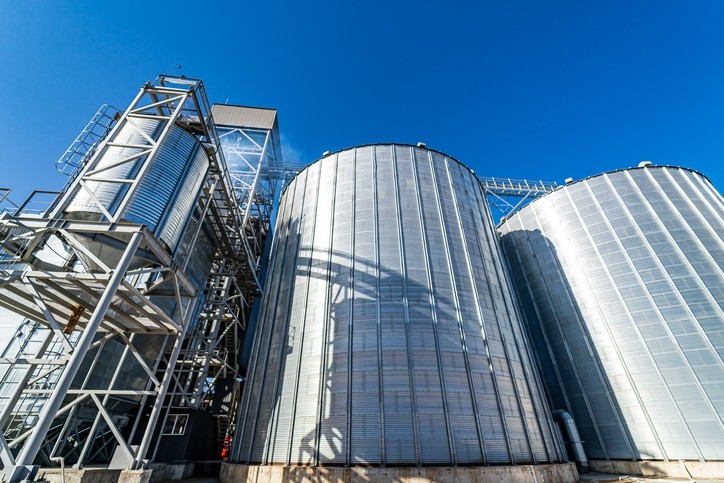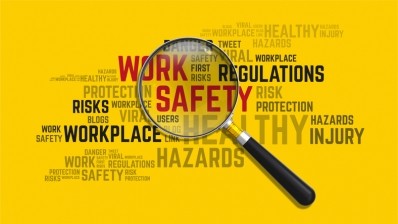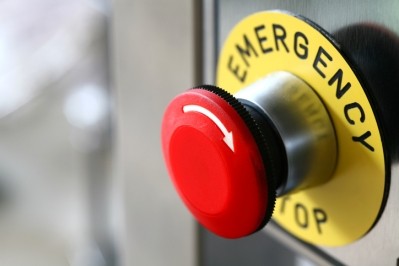NGFA: How US feed and grain mills can prevent serious injury and loss of life

In that context, a new interactive training module on the security mechanism in question – lockout/tagout (LOTO) – has been developed by the US National Grain and Feed Association (NGFA).
“The purpose of the training module is to provide front line workers, supervisors and managers an increased knowledge of different situations and hazards frequently associated with LOTO and to further the discussion around hazard identification and mitigation.”
The six main hazards in the US feed and grain industries, as identified by OSHA, are engulfment, falls, electric related, entanglements, struck-by, and dust explosions.
The LOTO procedure is used to ensure that machines that can pose a safety hazard are shut off or tagged-out properly so they are not started up again prior to the completion of maintenance or repair work.
“Lockout/tagout violations are consistently in the top 10 of OSHA’s list of annual citations, and most recently have been rated in the Top 5.”
But, even more significant than regulatory citations, according to the NGFA training module, the failure to apply lockout/tagout procedures is resulting in the loss of fingers, arms, feet, and lives in the US feed and grain sectors.
The LOTO process requires that hazardous energy sources be ‘isolated and rendered inoperative’ before work is started on equipment; one of the requirements under the US Occupational Safety and Health Administration’s (OSHA) controls on hazardous energy.
“One of the leading causes of severe injuries and death in our industry involves the failure to de-energize equipment when performing maintenance or servicing activities.”
Slips, trips and falls
Another NGFA training module for industry covers slips, trips, and falls.
The training materials can be accessed for free and were created by the NGFA, as part of the trade group’s commitment to ensuring workplace safety.
The trade body, which consists of more than 1,000 grain, feed, processing, exporting and other grain-related companies that operate more than 7,000 facilities and handle over 70% of all US grains and oilseeds, has a cooperative alliance with OSHA to broadly communicate safety information to protect employees.
NGFA's education and research arm, the National Grain and Feed Foundation, has built a suite of safety resource materials and partners with US state and regional agribusiness affiliates, companies, and OSHA to raise awareness of safety best practices and the availability of training resources.







